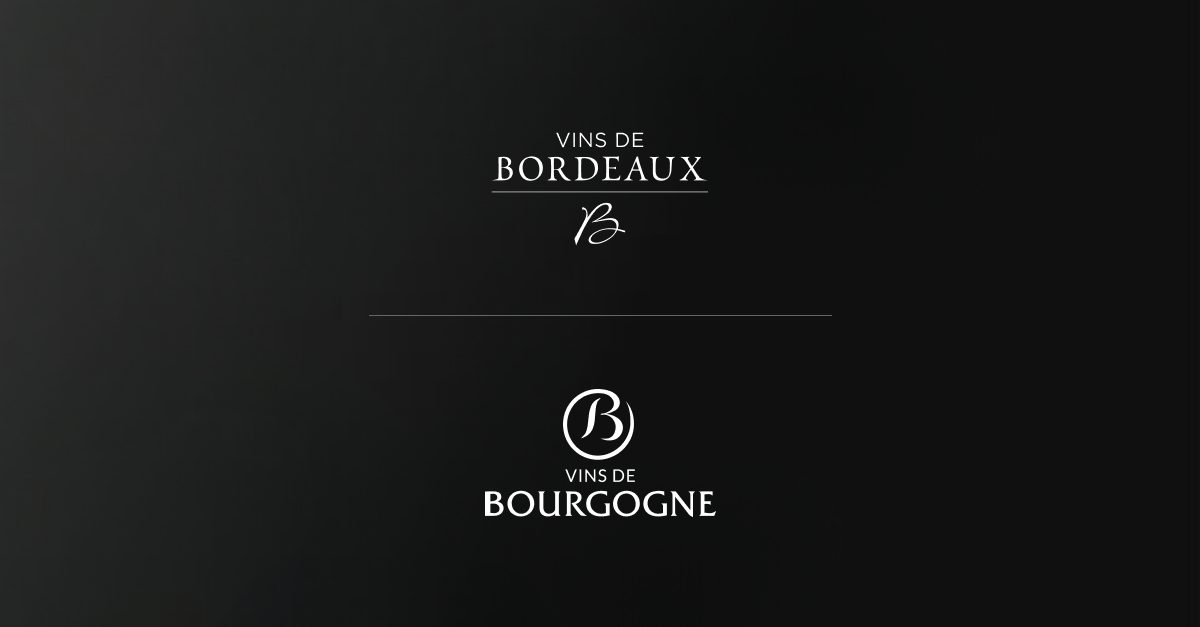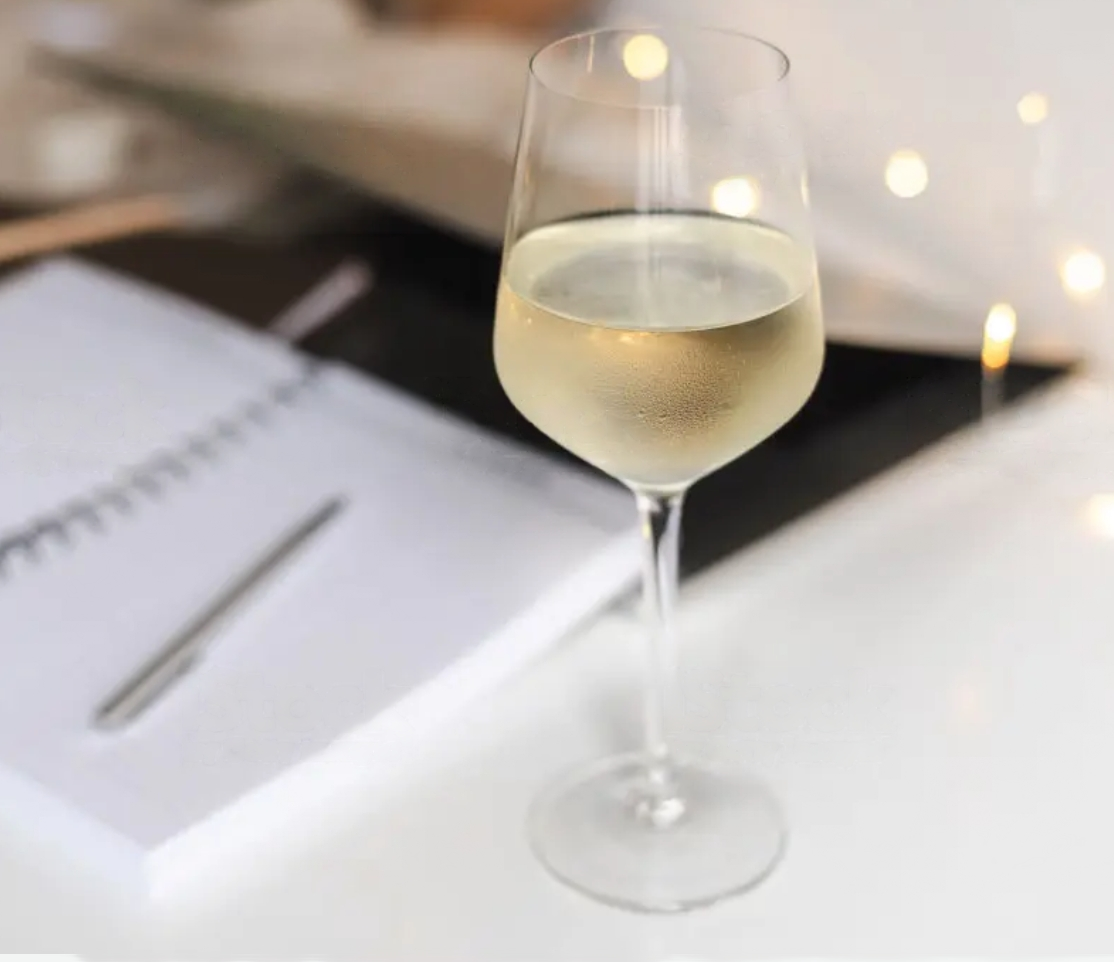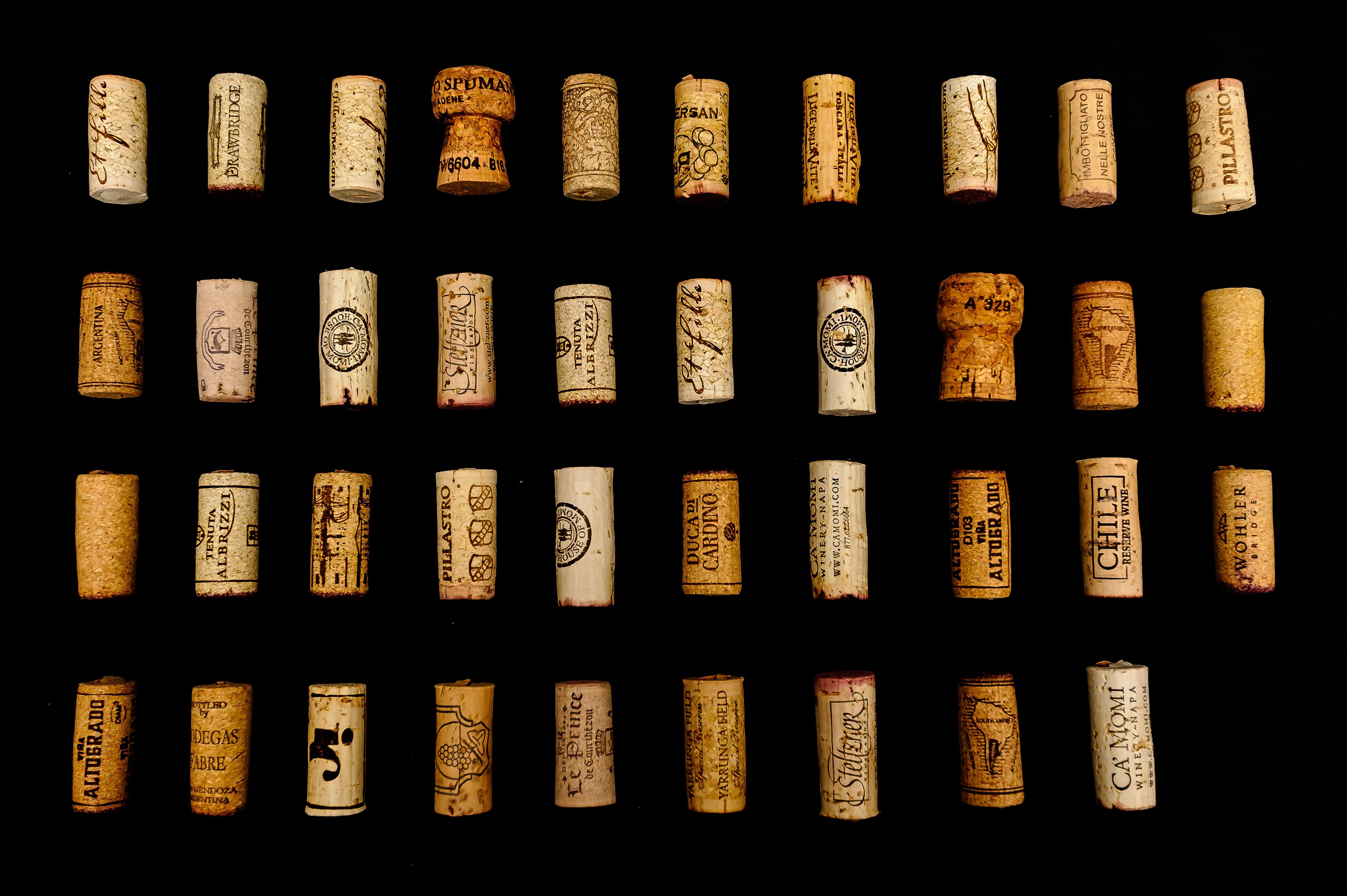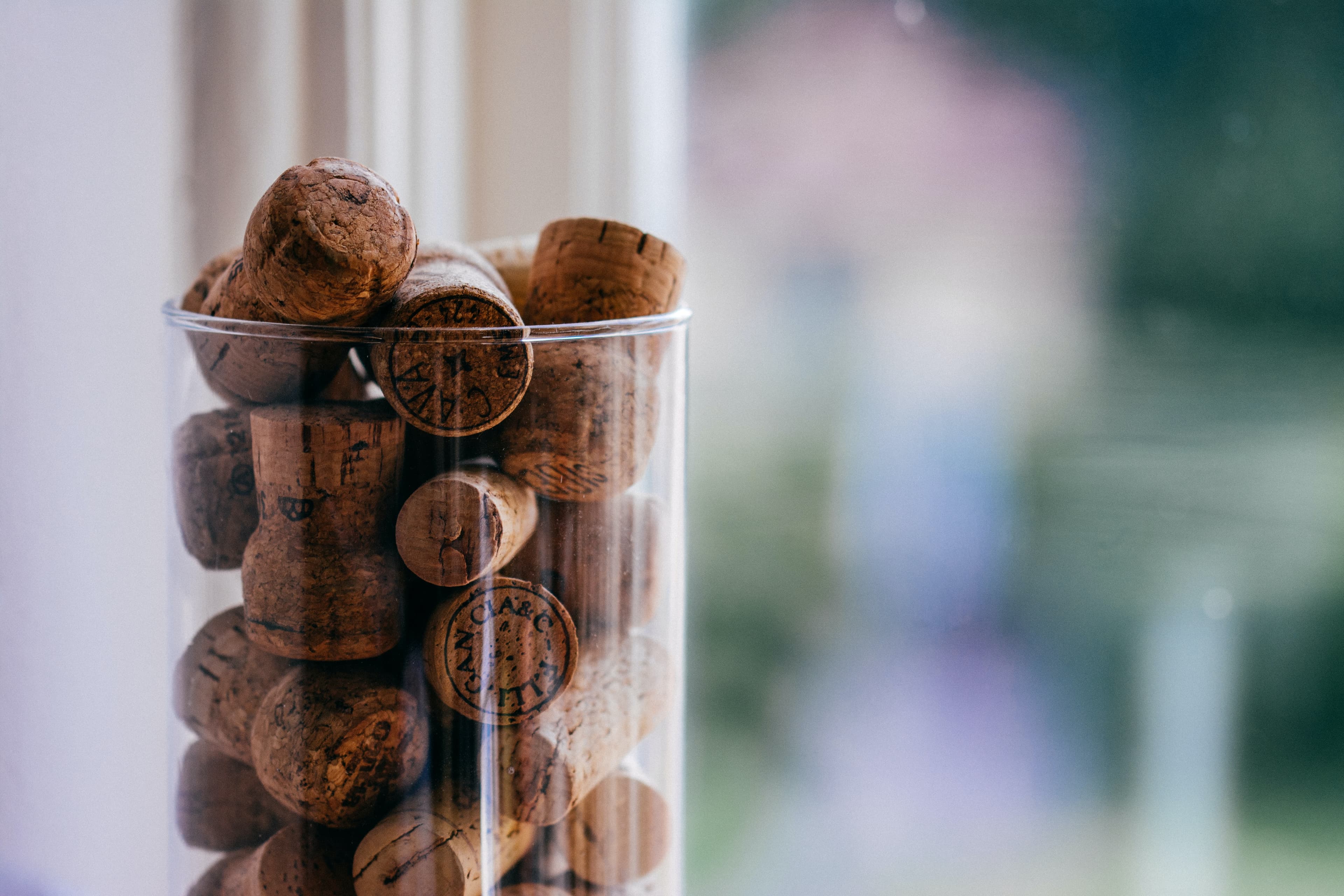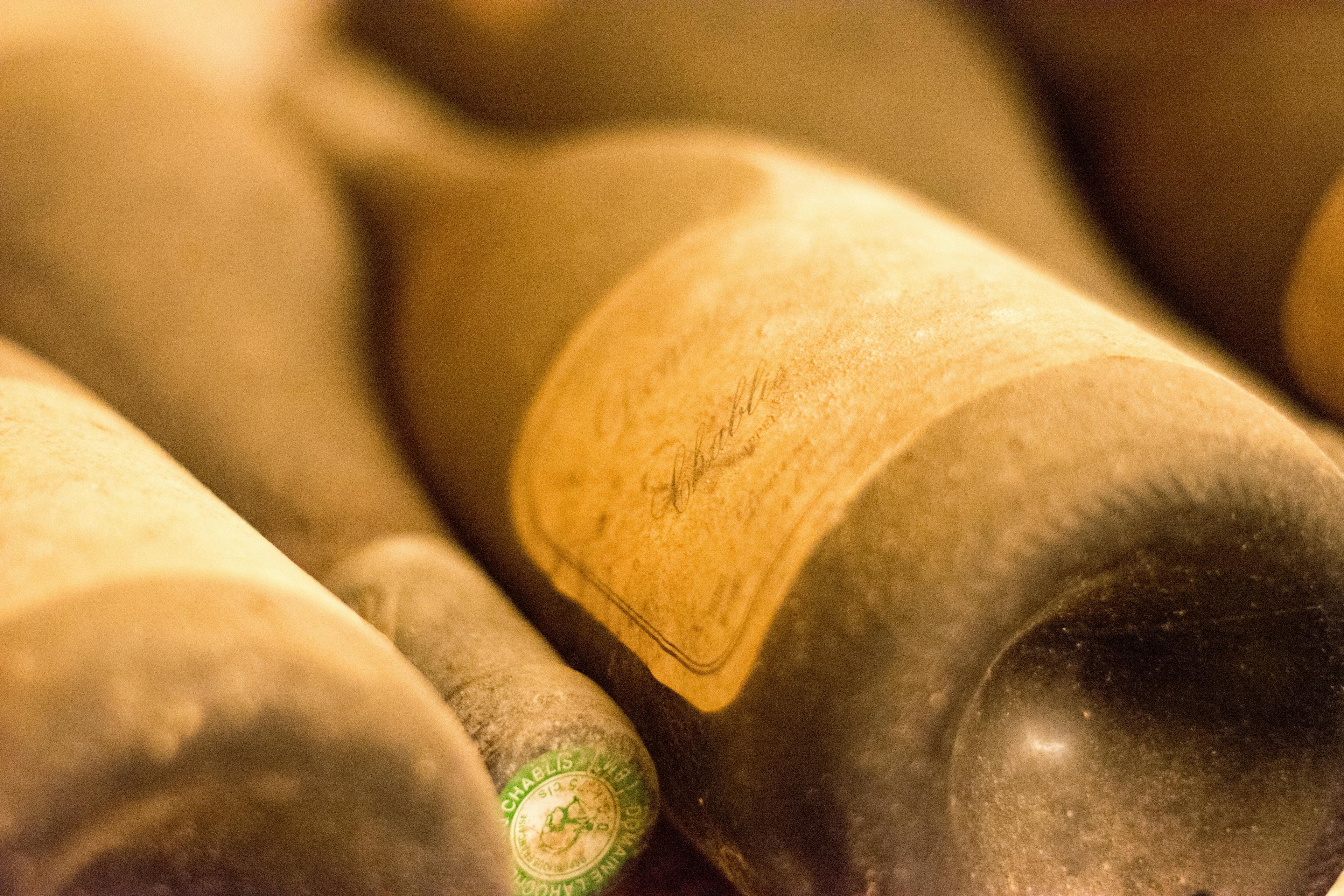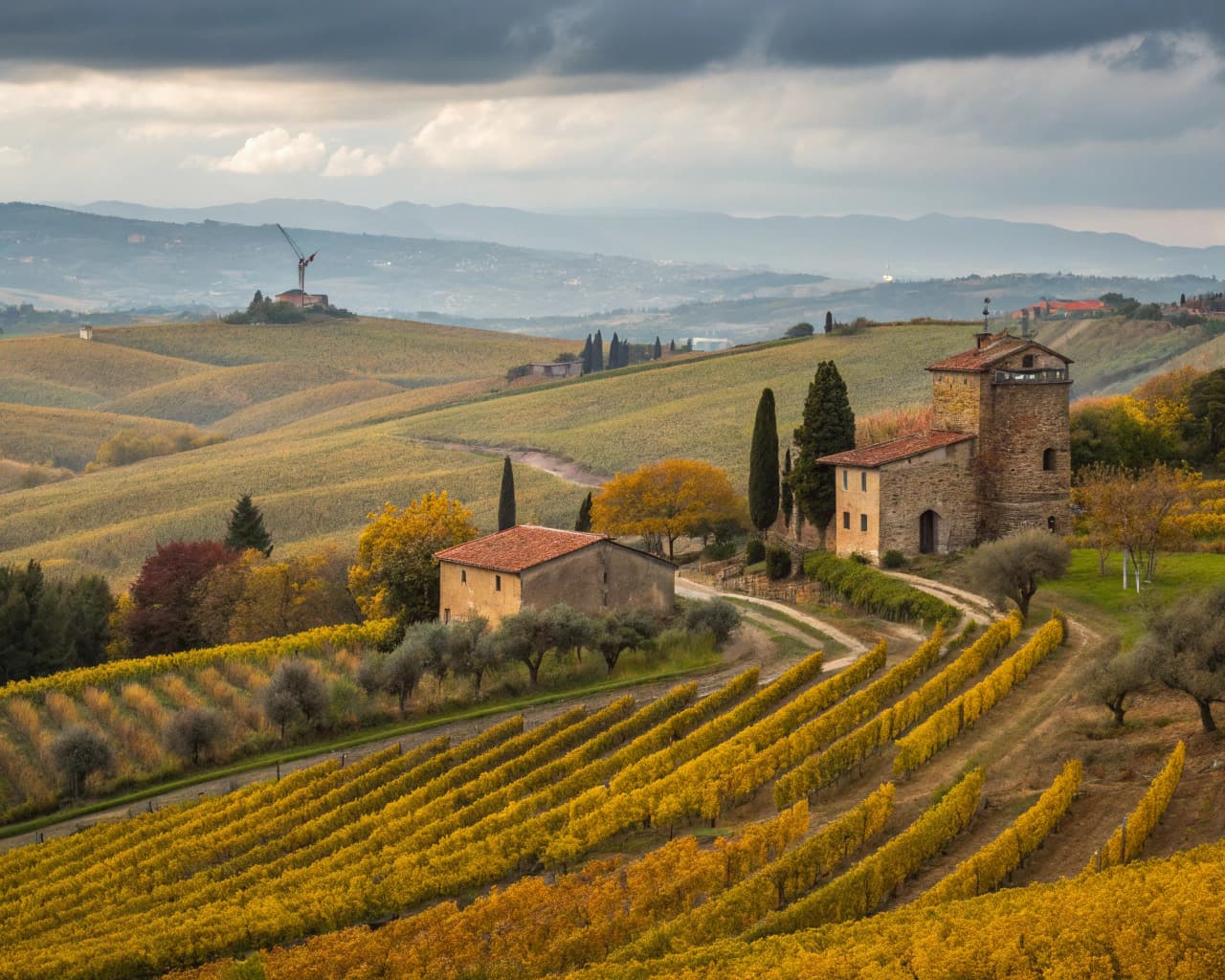
Antinori, a name synonymous with fine Italian wines, has a rich history and a reputation for quality that demands respect and proper handling. Serving Antinori is not just about pouring a glass; it's about enhancing the experience through proper techniques and understanding the wine's heritage. Whether you're a seasoned sommelier or a casual wine enthusiast, knowing how to serve Antinori can significantly elevate your wine enjoyment. From selecting the right glassware to understanding the ideal serving temperature, this guide will walk you through the essential steps to honor the legacy of Antinori wines. Let's delve into the nuances of presenting this prestigious wine with the reverence it deserves.
Understanding the Ideal Serving Temperature
Understanding the ideal serving temperature for Antinori wines is crucial for enhancing their flavor and aroma. Different types of Antinori wines require specific temperatures to bring out their best qualities. For red wines, such as the renowned Tignanello, a temperature range of 60-65°F (15-18°C) is optimal. This slightly cooler temperature helps to balance the tannins and acidity, making the wine smoother on the palate.
For white Antinori wines, like the Cervaro della Sala, a cooler serving temperature of 50-54°F (10-12°C) is recommended. At this range, the crispness and freshness of the wine are maximized, highlighting its delicate floral and fruity notes.
Rosé wines from Antinori should be served even cooler, ideally between 46-50°F (8-10°C). This temperature accentuates the rosé's vibrant acidity and bright berry flavors, making it a refreshing choice for warm weather.
To learn more about the history of Antinori and how it influences their wine production, exploring their background can provide valuable insights into why specific serving temperatures are recommended. Properly serving Antinori wines not only respects their rich heritage but also enhances your overall tasting experience.
Decanting Antinori: When and Why?
Decanting Antinori wines is a practice that enhances the drinking experience by allowing the wine to breathe and develop its full bouquet. This process is particularly beneficial for Antinori's red wines, which are known for their depth and complexity. The decision to decant depends largely on the age and type of the wine. Older vintages often have sediment that can detract from the taste and visual appeal, making decanting essential.
For Young Wines: Decanting can soften tannins and release aromas, making the wine more approachable in its youth.
For Older Wines: It helps to separate the wine from any sediment that has formed over the years, ensuring a smoother tasting experience.
The craftsmanship involved in producing Antinori wines suggests a careful approach to decanting. Utilizing a decanter with a wide base maximizes the wine's exposure to air, which is beneficial for enhancing its flavors and aromas. Typically, a decanting period of about 30 to 60 minutes is recommended for most Antinori wines, but this can vary based on the specific vintage and wine style. Always ensure the wine is served at the ideal temperature to fully appreciate its unique characteristics.
The Right Glassware for Antinori Wines
When serving Antinori wines, selecting the appropriate glassware is crucial to enhance the flavors and aromas of these esteemed Italian wines. For red Antinori wines, such as those from the Tignanello or Solaia vineyards, a larger, rounder glass is recommended. This shape allows the wine to aerate, unlocking the complex profiles of these popular vintages.
White Antinori wines, like those from the Cervaro della Sala label, are best enjoyed in narrower glasses. These help concentrate the delicate floral and fruity scents at the top of the glass, intensifying the tasting experience.
Additionally, sparkling Antinori wines, including those from the Montenisa estate, should be served in tall, slender flutes. This design helps preserve the bubbles and the crisp, fresh flavors that are characteristic of sparkling wines.
By using the correct glassware, the full spectrum of flavors and aromas in Antinori wines can be properly appreciated, making each sip a truly memorable experience.
Serving Size: How Much is Just Right?
When serving Antinori, determining the appropriate amount is crucial to fully appreciate its unique characteristics. Typically, a standard serving size for red wine like Antinori is about 5 ounces. This measurement ensures that each glass delivers the perfect balance of flavor and aroma, enhancing the overall tasting experience. Here are a few tips to help gauge the right amount:
Use the Right Glass: Opt for a wine glass that complements the style of Antinori. A larger, rounder bowl will allow the wine to aerate better, unlocking more complex flavors.
Pour to the Widest Part of the Glass: Filling up to the broadest point allows the wine to breathe and develop a richer bouquet.
Consider the Occasion: If you're tasting, a smaller pour might suffice to savor the wine's depth without overindulging. For meals, the standard 5 ounces is ideal.
Check the Alcohol Content: Wines with higher alcohol content might benefit from slightly smaller servings to keep the tasting experience pleasant and balanced.
By following these guidelines, you can serve Antinori in a way that truly honors its heritage and craftsmanship.
Preparing the Bottle: Cork Removal and Inspection
When preparing a bottle of Antinori for serving, the first step involves the careful removal of the cork. This process should be approached with precision to ensure the integrity of the wine is maintained. Begin by gently slicing the foil below the lip of the bottle, using a proper wine opener. This exposes the cork, which should then be carefully extracted to avoid crumbling.
Once the cork is removed, it's crucial to inspect it for any signs of mold or unusual odors, which could indicate that the wine has been compromised. A healthy cork will have a slight wine stain on the end that was in contact with the wine, but it should not show excessive saturation or deterioration.
Ensure that the foil is cleanly cut to prevent any pieces from falling into the bottle.
Use a high-quality corkscrew to minimize damage to the cork.
Examine the cork immediately after removal for any abnormalities.
If the cork is compromised, consider decanting the wine to separate it from any potential contaminants.
Properly enjoying Antinori starts with these essential steps, setting the stage for a flawless wine experience.
Pairing Antinori with the Right Occasion
Pairing Antinori with the right occasion can elevate both the ambiance and the taste experience. Antinori wines, known for their rich history and exquisite flavors, are perfect for various events and celebrations. Here are some ideal settings to enjoy these prestigious Italian wines:
Formal Dinners: Antinori's reds, particularly those from the Tignanello vineyard, bring a touch of elegance to any formal meal. Their robust profile complements red meat dishes superbly.
Wedding Receptions: A bottle of Antinori's sparkling wine can add a festive sparkle to wedding toasts. Its crisp and refreshing flavor is ideal for celebrating such a joyous occasion.
Casual Gatherings: For a more laid-back setting, Antinori’s white wines, like those from the Cervaro della Sala estate, are light and aromatic, perfect for sipping during casual conversations.
Corporate Events: Impress clients and colleagues with a selection of Antinori’s finest. Their sophisticated and diverse wine portfolio ensures that there is a perfect match for every palate in attendance.
Choosing the right Antinori wine for the occasion can significantly enhance the overall experience, making any event memorable.
The Role of Aeration in Serving Antinori
Aeration plays a crucial role in enhancing the flavors and aromas of Antinori wines. When oxygen interacts with the wine, it helps soften the tannins and releases a bouquet of aromas that might otherwise remain muted. To properly aerate Antinori, consider the following steps:
Decanting: Pour the wine into a decanter before serving. This not only separates any sediment but also ensures that the wine has ample contact with air. Allow the wine to breathe for at least 30 minutes to an hour.
Using an Aerator: For a quicker aeration process, use a specialized aerator. This device speeds up the interaction between air and wine, making it ready to drink sooner.
Choosing the Right Glass: Serve the wine in a glass with a broad base. This increases the surface area of the wine, enhancing aeration as you swirl the glass gently.
Proper storage is also essential to maintain the quality of Antinori wines before they are aerated. For detailed guidelines on how to store Antinori wines safely, ensuring their longevity and flavor integrity, refer to recommended practices.
Tips for Serving Older Antinori Vintages
When serving older Antinori vintages, it's essential to consider the nuances that time has imparted on these distinguished wines. Proper service enhances the wine's complex flavors and ensures the best tasting experience. Here are some tips to help you serve these aged treasures appropriately:
Temperature is Key: Serve red Antinori vintages slightly below room temperature, around 18°C (64°F). This temperature helps to highlight the rich, nuanced flavors without overpowering the senses.
Decanting: Older vintages often benefit from decanting to separate the wine from any sediment that has formed over the years. Decanting also aerates the wine, allowing it to express its full bouquet and flavor profile.
Glassware: Use large, bulbous glasses to serve older Antinori reds. The ample space in the glass will enable the wine to aerate further once poured, enhancing aromatic release and flavor development.
Pairing: Selecting the right food pairings can elevate the wine's characteristics. Rich meats or mature cheeses typically complement the robust flavors of aged Antinori wines, creating a harmonious balance between food and drink.
By following these guidelines, you can ensure that each sip of the older Antinori vintages is as rewarding as intended.
How to Present Antinori at a Formal Dinner
When presenting Antinori at a formal dinner, it's essential to consider both the ambiance and the manner in which the wine is served. Antinori, a prestigious name in the wine industry, deserves a presentation that highlights its elegance and rich heritage. Here are some tips to ensure you do justice to this fine wine:
Temperature is Key: Serve Antinori at the optimal temperature to enhance its flavors and aromas. Reds should be slightly below room temperature, around 16-18°C, while whites thrive at 8-12°C.
Proper Glassware: Use the right glass to amplify the wine's characteristics. Reds generally require a larger bowl to allow the wine to breathe, whereas whites are best in narrower glasses to concentrate the bouquet.
Decanting: For older vintages, decanting can be beneficial. This process helps to separate the wine from any sediment and aerates it, bringing out more complex flavors.
Brief Guests: Sharing facts about Antinori's history and the specific bottle being served can enrich the experience, making the tasting more engaging and educational.
Pairing: Choose dishes that complement the wine's profile. Rich meats and aged cheeses typically pair well with Antinori reds, while seafood and lighter pastas can enhance the whites.
By following these guidelines, you'll ensure that Antinori is served with the respect it commands, making your formal dinner a memorable event.
Common Mistakes to Avoid When Serving Antinori
When serving Antinori, a prestigious Italian wine, certain common errors should be avoided to preserve the integrity and flavor of the wine:
Serving Temperature: Often overlooked, the temperature at which Antinori is served can drastically affect its taste and aroma. Reds should typically be served slightly below room temperature, around 16-18°C, while whites thrive at 8-12°C.
Incorrect Glassware: Using the wrong type of glass can impede the development of the wine's bouquet. Reds generally require a larger bowl to allow the wine to breathe, whereas whites are best in narrower glasses to concentrate the aromatics.
Not Decanting: Particularly for red Antinori wines, decanting can be essential. It helps in softening the wine and releasing more complex flavors. Skipping this step, especially with older vintages, might result in a less enjoyable tasting experience.
Pouring Too Much: Filling glasses too full can limit the wine’s exposure to air and hinder the overall tasting experience. Ideally, fill the glass just about one-third to allow for swirling and sniffing.
By avoiding these common pitfalls, enthusiasts can ensure they experience Antinori wines at their best.
Conclusion
In conclusion, serving Antinori wines at their best involves a blend of tradition, precision, and a deep appreciation for the craft of winemaking. From selecting the right glassware to understanding the optimal serving temperature and decanting process, each step plays a crucial role in enhancing the wine's complex flavors and aromas. Whether you're enjoying a vibrant Tignanello or a robust Solaia, the care taken in serving these wines reflects the Antinori family's centuries-long dedication to quality and innovation in winemaking.
At Rekolt, we extend this dedication to quality through our specialized services, ensuring that every bottle of wine, whether stored for personal enjoyment or future trading, is kept in optimal conditions. Our professional cellar storage options not only preserve the integrity and value of fine wines like Antinori but also simplify the process of reselling and trading. By choosing Rekolt, you benefit from a seamless, secure, and sophisticated wine experience that respects the heritage of winemaking while embracing modern conveniences. Whether you are a seasoned collector or a new enthusiast, Rekolt provides the perfect platform to store, enjoy, and trade your wines with confidence and ease.
Share this article
